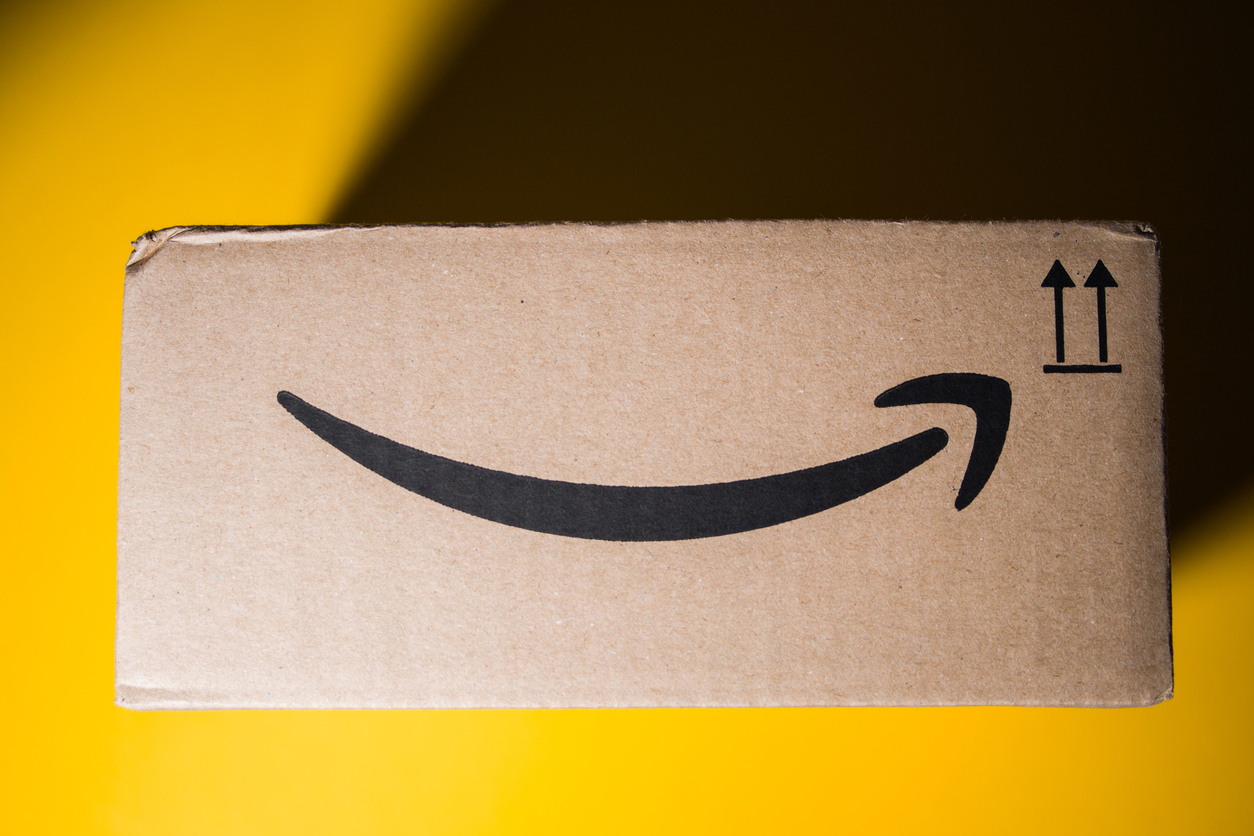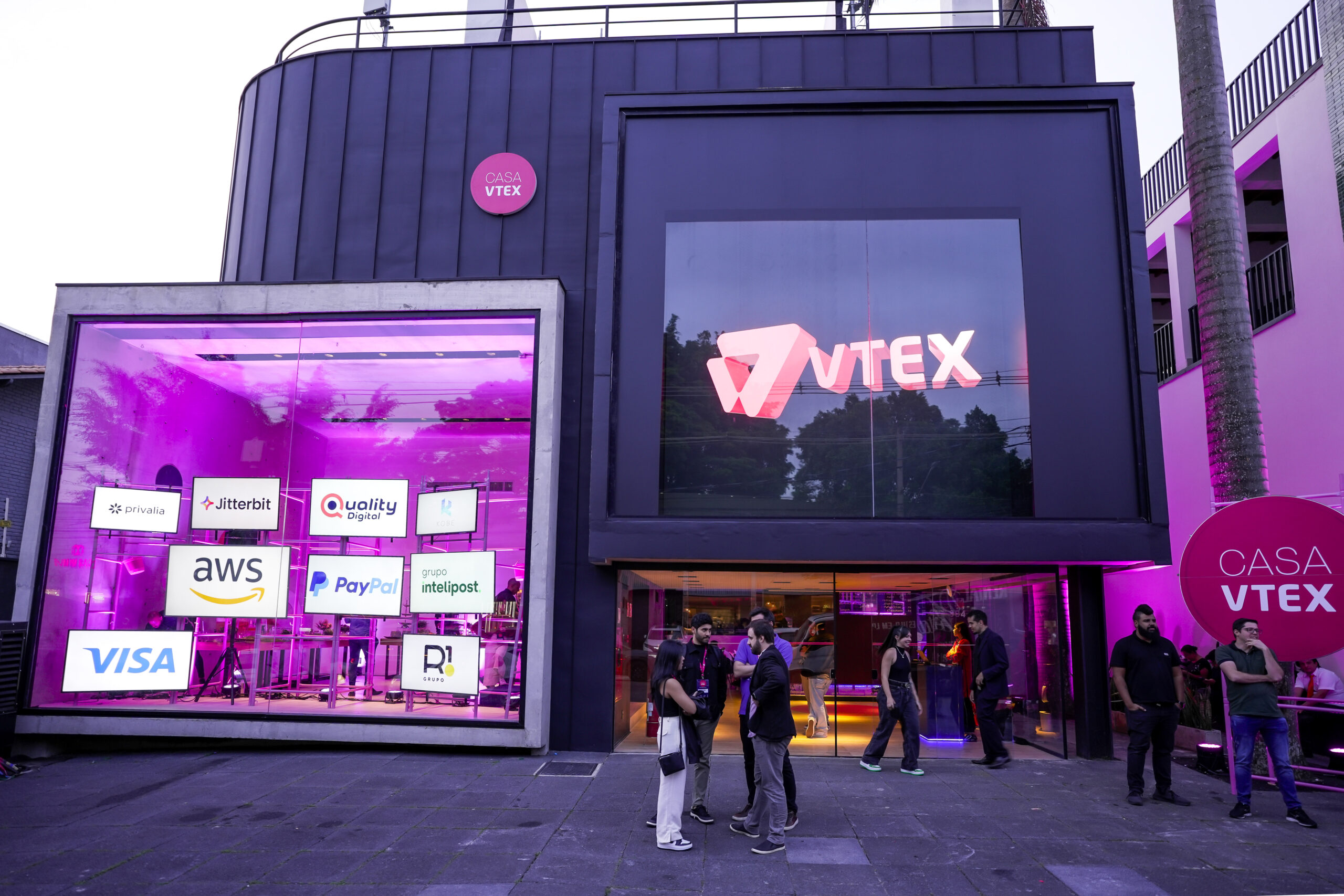How to Choose the Right International Ecommerce Platform in 2025
Cross-border ecommerce isn’t a trend. It’s the new growth engine for ambitious brands. Whether you’re expanding to Latin America, selling into the U.S., or testing Europe, going global requires more than shipping abroad — it demands a well-integrated international ecommerce stack.
At the heart of that stack? Your international ecommerce platform.
But what makes a platform truly “international”? And how do you choose the right one for your brand’s global journey?
Let’s break it down.
What Is an International Ecommerce Platform?
An international ecommerce platform is more than just a place to sell. It’s the foundation of your cross-border operation, helping you manage:
-
Multiple currencies and languages
-
Localized checkouts and duties
-
Shipping rules, restrictions and returns
-
Tax compliance (like U.S. sales tax or EU IOSS)
-
Product classification (HS Code)
-
Export documents and customs clearance
-
Integration with ERPs and global marketplaces
In short, it bridges the gap between selling globally and operating locally — at scale.
7 Things to Look for in 2025
Before committing to a platform (or building your stack), here are the must-haves for selling across borders in 2025:
1. Localized Checkout Experience
Your customers want to shop in their language, pay in their currency, and see all costs upfront — including duties and taxes. Bonus points if your platform supports DDP (Delivered Duty Paid) options.
2. Built-In Tax & Duty Calculation
Manually handling VAT, IOSS, and U.S. sales tax? Don’t. Look for platforms or plug-ins that handle real-time tax estimation per destination — and update automatically when rules change.
3. Seamless Logistics Integrations
Shipping is one of the biggest friction points in global ecommerce. Your platform should integrate with major couriers (like DHL, FedEx, Correios, UPS) and offer real-time tracking.
4. Smart Product Classification (HS Code)
Customs delays and fines often happen because of misclassification. Platforms that help with HS Code mapping and export documentation can save hours — and thousands.
5. Marketplace & ERP Connectivity
Whether you sell on Shopify, Amazon, Bling, or Mercado Libre, your platform should support native or API-based integrations for catalog sync, inventory, and order management.
6. Automated Export Documentation
Generating invoices, labels, and customs declarations by hand doesn’t scale. Choose a solution that handles this automatically, based on destination rules.
7. Scalability & Modularity
Your platform doesn’t need to do everything. But it must plug into the tools that do — from payment providers to logistics APIs. Modularity keeps costs low and upgrades fast.
Real-World Ecommerce Stacks That Work
In 2025, ecommerce stacks are less monolithic and more modular. Here are three working models we’ve seen with our clients:
| Stack Type | Example Setup | Ideal For |
|---|---|---|
| Plug & Play | Shopify + ShipSmart TMS + Stripe | Fast-growing DTC brands |
| Enterprise | VTEX + SAP + ShipSmart | Retailers scaling across multiple regions |
| Marketplace-First | Amazon + Bling ERP + ShipSmart | Sellers leveraging global marketplaces |
The goal isn’t to pick the perfect platform. It’s to build a smart, adaptable stack that supports your growth plan — and doesn’t break when you scale.
How ShipSmart Fits In
ShipSmart isn’t a storefront — we’re the infrastructure behind your international ecommerce.
With our platform, you can:
-
Calculate taxes and duties (including U.S. sales tax, IOSS, DDP)
-
Get real-time freight quotes from multiple carriers
-
Generate export documentation (invoices, AWBs, packing lists)
-
Classify products using our PRC Machine
-
Connect with marketplaces and ERPs
Whether you’re just starting your global expansion or already selling abroad, we help you operate leaner, faster, and smarter.
Final Thoughts
Choosing an international ecommerce platform isn’t about checking a box — it’s about setting your brand up for repeatable, scalable, cross-border success.
And in 2025, the best global sellers won’t just be the ones with the best products — they’ll be the ones with the smartest tech stack.
Ready to build yours? Talk to ShipSmart


